#Akita Prefecture
Text

Mt. Chokai & Cherry Blossom, Japan: Mount Chōkai is an active volcano located on the southern border of Akita and Yamagata in the Tōhoku region of Japan, and is 2,236 m tall. Because of its symmetrical shape and massive size, it is also variously known as Dewa Fuji, Akita Fuji or Shōnai Fuji depending on the location of the viewer. Wikipedia
87 notes
·
View notes
Text
Hachiko: The world's most loyal dog turns 100
2 July 2023

The Chinese tagline on the movie poster says it all: "I will wait for you, no matter how long it takes."
It tells the true story of Hachiko, the faithful dog that continued to wait for its master at a train station in Japan long after his death.
The cream white Akita Inu, born 100 years ago, has been memorialised in everything from books to movies to the cult science fiction sitcom Futurama.
And the Chinese iteration - the third after a Japanese version in 1987, and the Richard Gere-starrer in 2009 - is a hit at the box office.
There have been tales of other devoted hounds such as Greyfriars Bobby, but none with the global impact of Hachiko.
A bronze statue of him has stood outside Shibuya Station in Tokyo, where he waited in vain for a decade, since 1948.
The statue was first erected in 1934 before being recycled for the war effort during World War Two.
Japanese schoolchildren are taught the story of Chuken Hachiko - or loyal dog Hachiko - as an example of devotion and fidelity.
''Hachiko represents the ideal Japanese citizen with his unquestioning devotion," says Professor Christine Yano of the University of Hawaii - "loyal, reliable, obedient to a master, understanding, without relying upon rationality, their place in the larger scheme of things."
The story of Hachiko
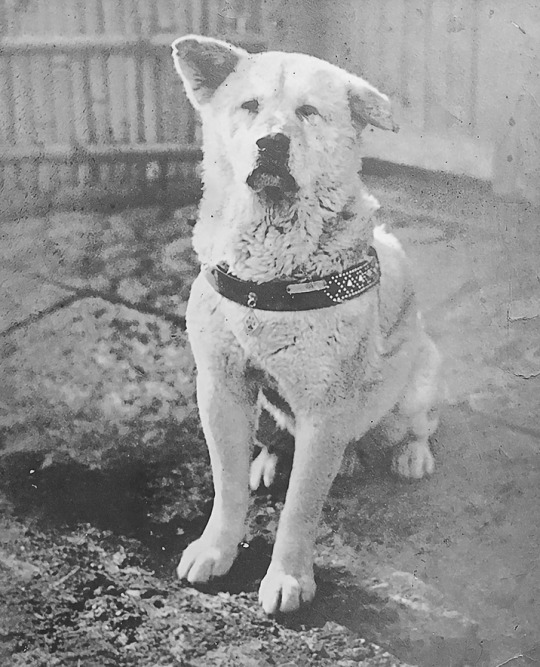
Hachiko was born on 10 November 1923 in the city of Odate in Akita prefecture, the original home of Akitas.
A large-sized Japanese dog, the Akita is one of the country's oldest and most popular breeds.
Designated by the Japanese government as a national icon in 1931, they were once trained to hunt animals like wild boar and elk.
"Akita dogs are calm, sincere, intelligent, and brave [and] obedient to their masters," said Eietsu Sakuraba, author of an English language children's book about Hachiko.
"On the other hand, it also has a stubborn personality and is wary of anyone other than its master."
The year Hachiko was born, Hidesaburo Ueno, a renowned agricultural professor and a dog lover, asked a student to find him an Akita puppy.

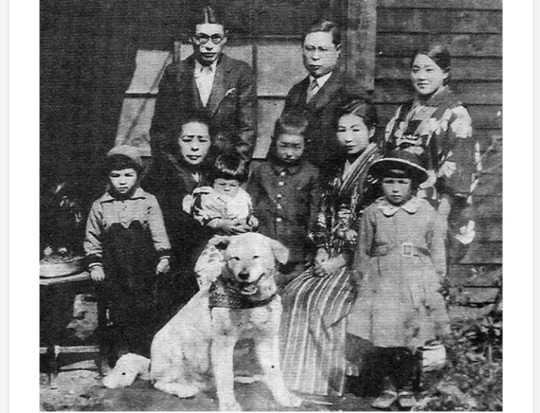
After a gruelling train journey, the puppy arrived at the Ueno residence in Shibuya district on 15 January 1924, where it was initially thought dead.
According to Hachiko's biographer, Prof Mayumi Itoh, Ueno and his wife Yae nursed him back to health over the next six months.
Ueno named him Hachi, or eight in Japanese. Ko is an honorific bestowed by Ueno's students.
The long wait

Ueno took a train to work several times a week. He was accompanied to Shibuya station by his three dogs, including Hachiko. The trio would then wait there for his return in the evening.
On 21 May 1925, Ueno, then 53, died of a cerebral hemorrhage. Hachiko had been with him for just 16 months.
"While people were attending the wake, Hachi smelled Dr Ueno from the house and went inside the living room. He crawled under the coffin and refused to move," writes Prof Itoh.
Hachiko spent the next few months with different families outside Shibuya but eventually, in the summer of 1925, he ended up with Ueno's gardener Kikusaburo Kobayashi.
Having returned to the area where his late master lived, Hachiko soon resumed his daily commute to the station, rain or shine.
"In the evening, Hachi stood on four legs at the ticket gate and looked at each passenger as if he were looking for someone," writes Prof Itoh.
Station employees initially saw him as a nuisance. Yakitori vendors would pour water on him and little boys bullied and hit him.
However, he gained nationwide fame after Japanese daily Tokyo Asahi Shimbun wrote about him in October 1932.
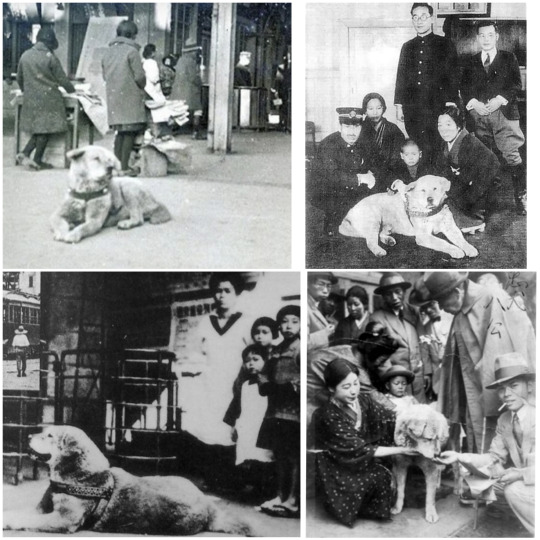
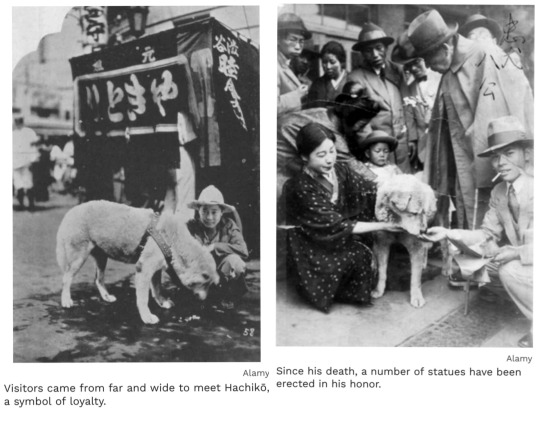
The station received donations of food for Hachiko each day, while visitors came from far and wide to see him.
Poems and haikus were written about him. A fundraising event in 1934 to make a statue of him reportedly drew a crowd of 3,000.
Hachiko's eventual death on 8 March 1935 at the age of 11 made the front page of many newspapers. He was found on a street in Shibuya.
In March 2011, scientists finally settled the cause of death of Hachikō: the dog had both terminal cancer and a filaria infection.
There were also four yakitori skewers in Hachikō's stomach, but the skewers did not damage his stomach nor cause his death.

At his funeral, Buddhist monks offered prayers for him and dignitaries read eulogies. Thousands visited his statue in the following days.
In impoverished post-war Japan, a fundraising drive for a new statue of Hachiko even managed to raise 800,000 yen, an enormous sum at the time, worth about 4bn yen (£22m; $28m) today.
"In retrospect, I feel that he knew that Dr Ueno would not come back, but he kept waiting - Hachiko taught us the value of keeping faith in someone," wrote Takeshi Okamoto in a newspaper article in 1982.
As a high school student, he had seen Hachiko at the station daily.
Remembering Hachiko
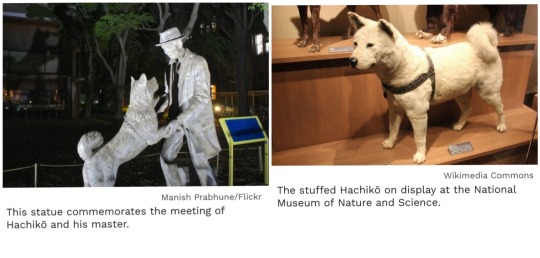
Every year on 8 April, a memorial service for Hachiko is held outside Shibuya Station.
His statue is often decorated with scarves, Santa hats and, most recently, a surgical mask.
His mount is on display at the National Museum of Nature and Science in Tokyo.
Some of his remains are interred at the Aoyama Cemetery, alongside Ueno and Yae.
Statues of him have also been cast in Odate, Ueno's hometown Hisai, the University of Tokyo and Rhode Island, the American setting for the 2009 movie.
Odate also has a series of events lined up this year for his 100th birthday.
Will the world's most loyal dog still be celebrated a century from now? Prof Yano says yes because she believes the "heroism of Hachiko" is not defined by any particular period - rather it is timeless.
Mr Sakuraba is equally optimistic.
"Even 100 years from now, this unconditional, devoted love will remain unchanged, and the story of Hachiko will live on forever."

🤍🐕🤍
#Hachiko#Akita Inu#Greyfriars Bobby#Shibuya Station#Tokyo#Japan#Chuken Hachiko#loyal dog Hachiko#dogs#animals#animal love#Akita prefecture#Odate#Hidesaburo Ueno#Tokyo Asahi Shimbun#Prof Mayumi Itoh#Kikusaburo Kobayashi#Takeshi Okamoto#April 8#National Museum of Nature and Science#Aoyama Cemetery#Akita#Hachiko @100#loyal dog
39 notes
·
View notes
Photo
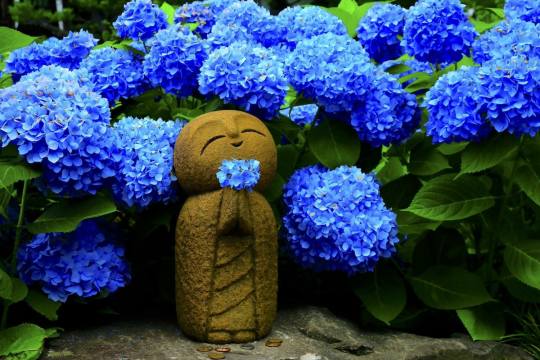
Jizo Statue at Unshoji Temple, Oga, Akita Prefecture, Japan
27 notes
·
View notes
Text

“The mountains are calling.”
HAPPY 38TH ANNIVERSARY TO MY FAVORITE ANIME OF ALL TIME, GINGA: NAGAREBOSHI GIN!!!
#fan art#anime#dogs#ginga nagareboshi gin#ginga#silver fang#yoshihiro takahashi#manga#digital art#Gin#akita inu#japan#akita prefecture#nihonken#happy anniversary#favorite anime#80s anime#classic#shounen
3 notes
·
View notes
Video
桜堤 by tez guitar
Via Flickr:
桧木内川 Hinokinai River
#cherry-blossom#cherry#bloom#blossom#kakunodate#akita#tohoku#leica#leicasl2s#sigma#35mmf1.4dgdnart#flickr#hinokinai river#akita prefecture#japan
10 notes
·
View notes
Photo
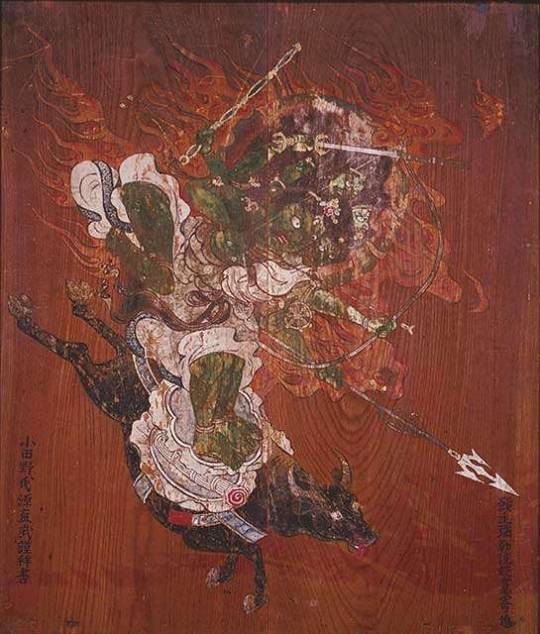
A painted image of the wrathful deity Daiitoku Myōō (大威徳明王) by Oda Naotake (小田野直武), pioneering Western-style artist and feudal retainer of Akita Domain, rendered in 1765 to temporarily replace a stolen icon
Color on wood from the collection of Daiitokuyama Jinja Shrine (大威徳山神社) in present-day Semboku City, Akita Prefecture
Image by Kakunodate Hirafuku Memorial Museum (角館町平福記念美術館) and featured in a September 14, 2022 article in the Akita Sakigake Shimpō News on an upcoming exhibit at the Prefectural Museum of Modern Art in Yokote, Akita Prefecture
#japanese art#buddhist art#japanese religion#大威徳明王#daiitoku myoo#小田野直武#odano naotake#秋田藩#akita han#秋田県#akita prefecture#仙北市#semboku#大威徳山神社#daiitokuyama jinja
13 notes
·
View notes
Photo
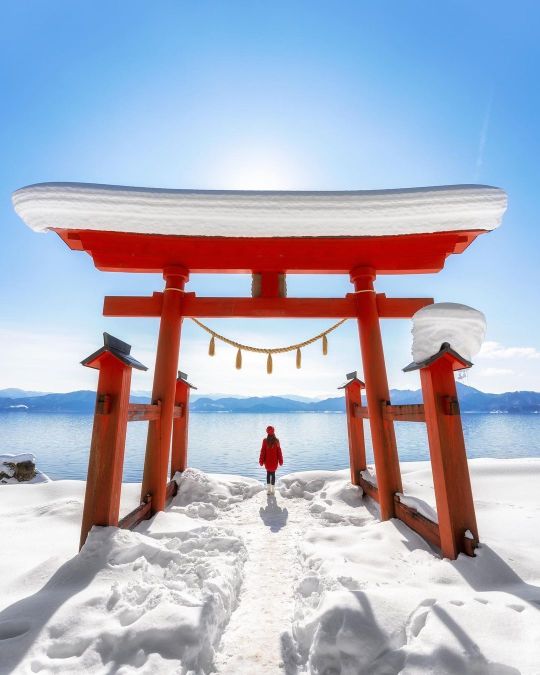
Gozanoishi Shrine - Akita Prefecture
📷 kyoko1903
5 notes
·
View notes
Text


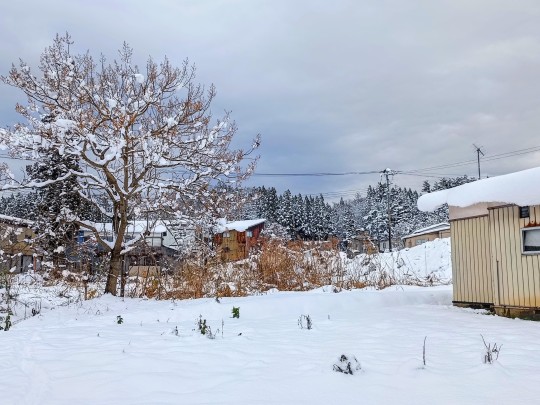
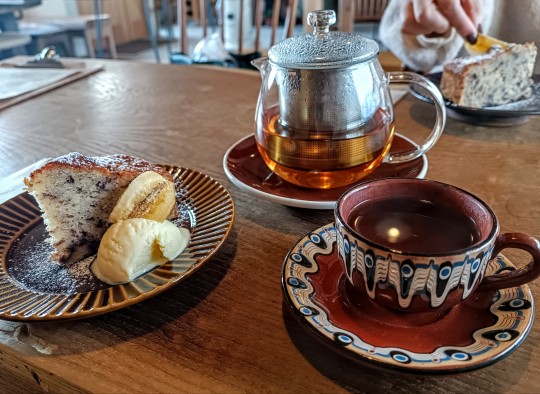

Yokote City/Misato Town, Akita Prefecture 2022.12
2 notes
·
View notes
Text

2022.05.10 pm5:00 in Jumonji Akita
2 notes
·
View notes
Text
Fluffy brindle gang 🐻♥️😎🐻♥️😎🐻♥️😎
Shougetsu, Seiji & Sumire Go Senshi Shimai FCI

#japanese akita#akita inu#love my dog#japanese#akitasofinstagram#akita prefecture#poland#SenshiShimaiAkitaKennel#AKIHO#FCI#SenshiShimaiFCI#long coat#longcoatakita#mokuakita#もく
0 notes
Photo
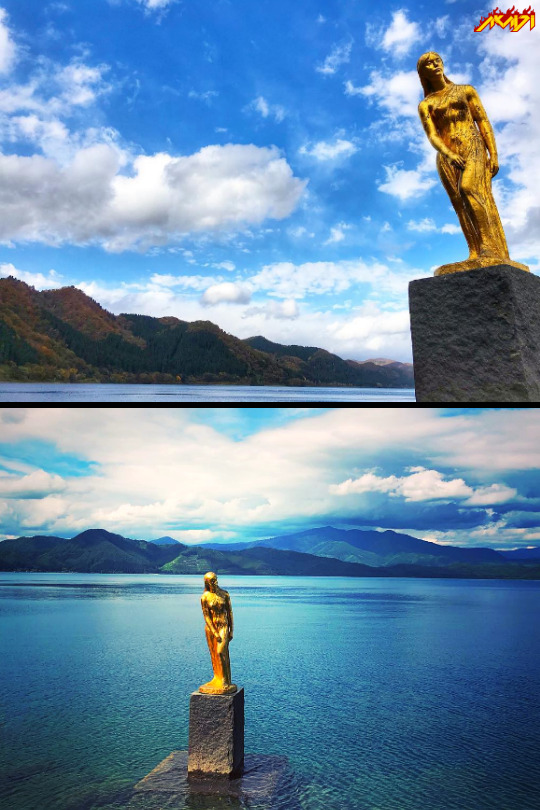
Deep blue & a touch of golden beauty
📍: Tatsuko-zo at Lake Tazawa, Semboku, Akita Prefecture, Japan
📸: @go5goooooy (IG - top photo) & @mine_ma.since2017 (IG - bottom photo)
#Japan Photography#Akita#Tazawa-ko#Akita Prefecture#秋田県#田沢湖#tazawa#lake tazawa#tazawa lake#beautiful japan#japan photos#best photo japan#japan#日本#japan pictures#landscapes#japan trip#life in japan#japan tourism#lake#golden statue#japan landscapes#japan life#japan photo#travel photography#japan travel#discover japan#tumblr japan#akaiji
0 notes
Photo
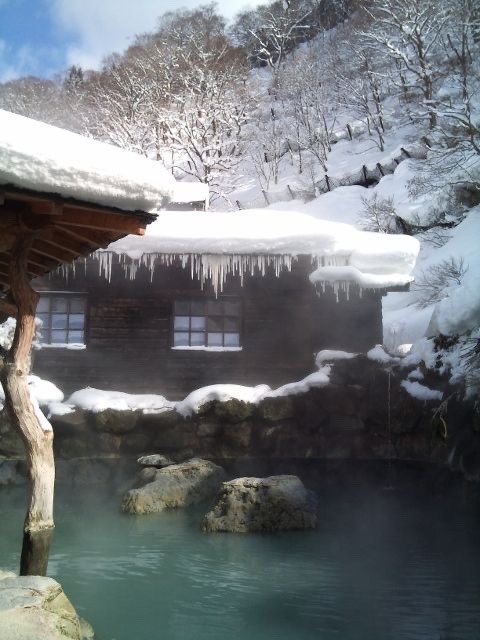
Tsurunoyu Onsen, Semboku, Akita Prefecture, Japan
35 notes
·
View notes
Text
秋田県
Japanese Prefectures: Tohoku - Akita
都道府県 (とどうふけん) - Prefectures of Japan
Learning the kanji and a little bit about each of Japan’s 47 prefectures!
Kanji・漢字
秋 あき、シュウ autumn
田 た、デン rice field
県 ケン prefecture
東北 とうほく north-east, Tōhoku (northernmost six prefectures of Honshu)
Prefectural Capital (県庁所在地) : Akita (秋田市)
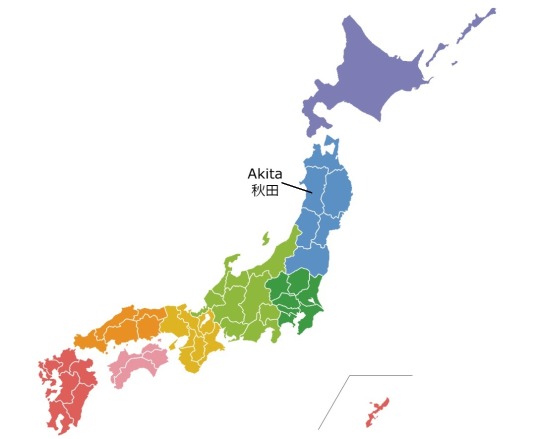
Akita prefecture is known for the natural beauty of the sea and mountains, hot springs, and the preserved samurai district in the town of Kakunodate. The capital of Akita prefecture is Akita City, and the economy of the prefecture is structured around traditional industries such as fishing and agriculture, particularly rice cultivation, as well as high-quality sake. Akita's numerous seasonal festivals offer insight into traditional culture, especially the New Year's Eve Namahage Festival of Oga, which is unique to the Oga Peninsula area of Akita prefecture. The Namahage are demon-like beings which are portrayed by men dressed as masked ogres (oni) with traditional straw capes (mino), who go door-to-door in pairs or threes and admonish children who are lazy or who have been behaving badly. They are commonly shown on TV news making children cry as they visit homes in the neighbourhood during the New Year celebrations. Other, less traumatizing, festivals include the Yokote Kamakura Festival in February, where igloo-like snow houses (kamakura) are built across the city of Yokote, inside of each of which is a snow altar to the water deity to pray for ample water; or the Tsuchizaki Shinmeisha Shrine Float Festival, where floats with warrior dolls parade around the port area of Akita City. The women of the region are also famous as 秋田美人 (Akita bijin) or "beauties of Akita" and are known for their white skin, rounded faces and high voices.
Recommended Tourist Spot・おすすめ観光スポット
Nyūtō Onsen - 乳頭温泉郷

By Bjckashiwa
Nyūtō Onsen is a traditional hot spring town in the eastern mountains of Akita. The town has six ryokan, or traditional inns, some of which date from the Edo period, and a hotel. The most famous hot springs is Tsurunoyu, which is over 300 years old, and considered to be one of the best establishments in all of Japan for a traditional and authentic onsen ryokan experience in the countryside. The onsen in the town can also be visited with general admission for those not staying in the inns. Most of the ryokan have mixed-gender onsen in addition to the male-only and female-only baths. The Yumeguri Pass can be purchased at the ryokan, allowing access to all seven of the hot springs, and a reservation at the ryokan on a shuttle bus allows for easy access to all of the onsen. Nyūtō Onsen means "nipple hot spring" referring to the shape of Mount Nyūtō nearby. The mountains and the deepest lake in Japan, Tazawako, are only a 30-minute bus ride from Nyūtō Onsen.
Regional Cuisine - 郷土料理
Kiritampo Hot Pot - きりたんぽ鍋

Photo from HIS
Kiritampo are tubes of rice mashed up into a paste, wrapped around a skewer, and grilled on an open flame. These traditional tubes of sticky rice are then placed in a nabe (hot pot) with local meats and vegetables and cooked together, creating a dish perfect for the frigid winter.
Akita Dialect・Akita-ben・秋田弁
泣く子はいねがぁ (naku ko wa ine gaa)
Standard Japanese: 泣く子はいないか (naku ko wa inai ka)
English: Is there a crybaby here?
Note: A standard line used by Namahage during the Namahage Festival
あい、しかだね (ai, shika dane)
Standard Japanese: ありゃ~、仕方ないなあ (arya, shikata nai naa)
English: Oh no, it can't be helped
Note: Said when the other person does something by accident (casual)
これをけ (kore o ke)
Standard Japanese: これを食べてください (kore o tabete kudasai)
English: Please eat this
どでした (do deshita)
Standard Japanese: びっくりした (bikkuri shita)
English: I was surprised
#japanese prefectures#日本語#japanese#japanese language#japanese langblr#langblr#studyblr#都道府県#秋田県#akita
100 notes
·
View notes
Text
honestly, i would not be mad if game freak decided to make an entire region based off of the touhoku region and included kitakami in it. can you imagine getting to go back there in a future game and getting to see canon older versions of carmine and kieran...
#kitakami's only based on the most northern prefectures of touhoku there's still more to explore if they turned it into a whole region#that's probably why kitakami has so many sinnohan pokemon running around since iwate akita and aomori are closer to hokkaido#idk i just think it'd be neat#my bias towards the kitakami kids are probably influencing me on this too#mj.txt
11 notes
·
View notes
Text
So my friends and I got curious on the Hetalia Japanese prefectures that have been recently reappearing and then stumbled upon the wiki so here they are (featuring my really bad low quality editing) and yes all of this took me half an hour
(border by @/animatedglittergraphics-n-more)

Hokkaido region

Just Hokkaido and whatever is on his shoulder
Tohoku Region

Aomori looks like Aerica pre-hairdye star trek fan
Kanto Region

Chiba and Kangawa (´▽`ʃ♡ƪ)
Chubu Region
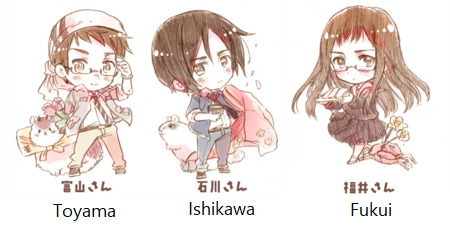
Fukui kind of looks like Monaco, anyone else??
Kansai Region

Kyoto looks a bit like nyo Japan or that might just be me
Shikoku Region

According to my friends they look like boring protags/npcs
Kyushu Region
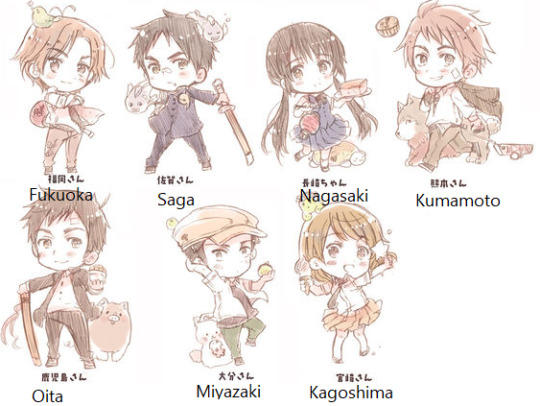
Nagasaki looks like younger vietnam
#Sofija's announcements#hetalia#aph#hws#aph japanese prefectures#aph hokkaido#aph aomori#aph iwate#aph miyagi#aph akita#aph yamagata#aph fukushima#aph ibaraki#aph tochigi#aph gunma#aph saitama#aph chiba#aph tokyo#aph kangawa#aph toyoma#aph ishikawa#aph fukui#aph mie#aph shiga#aph kyoto#aph osaka#aph hyogo#aph nara#aph wakayama#aph tokushima
16 notes
·
View notes